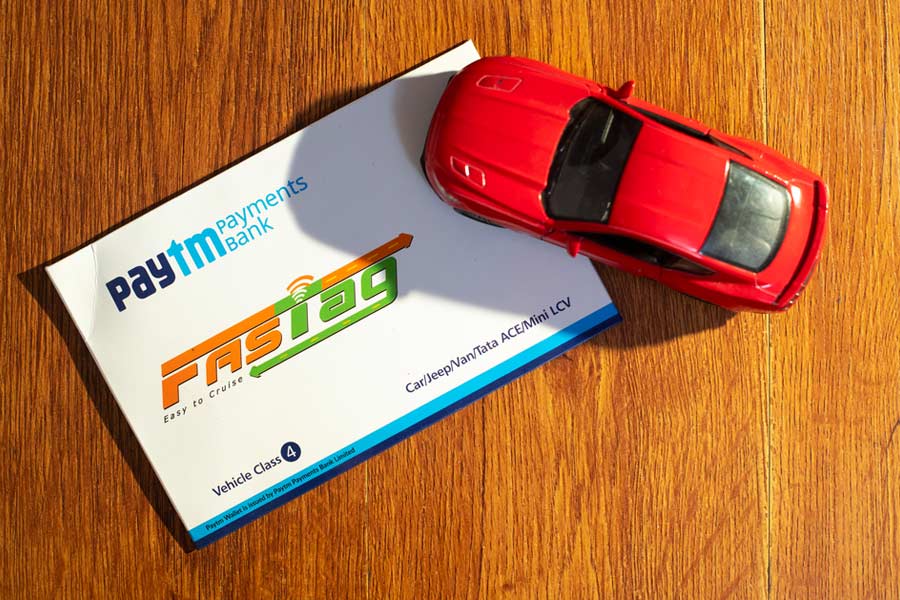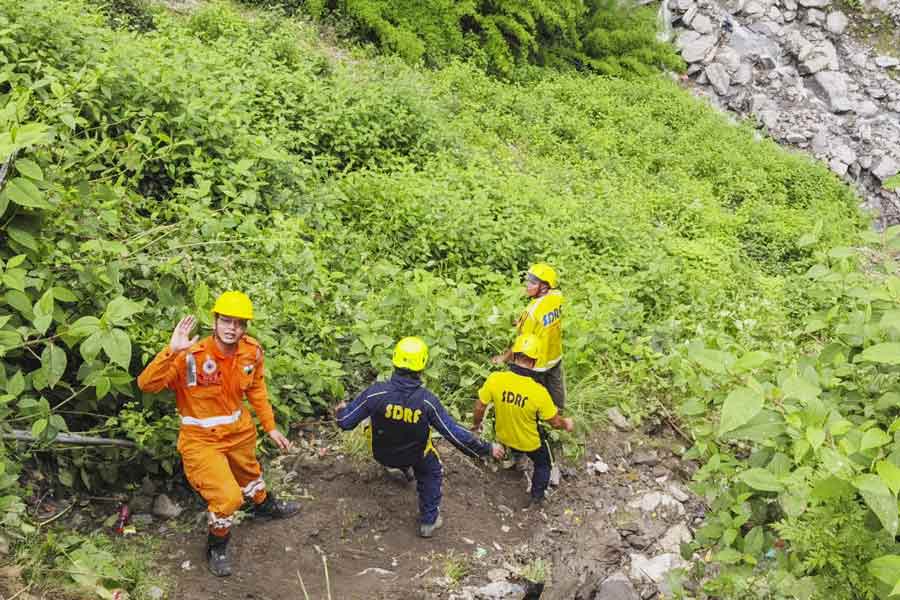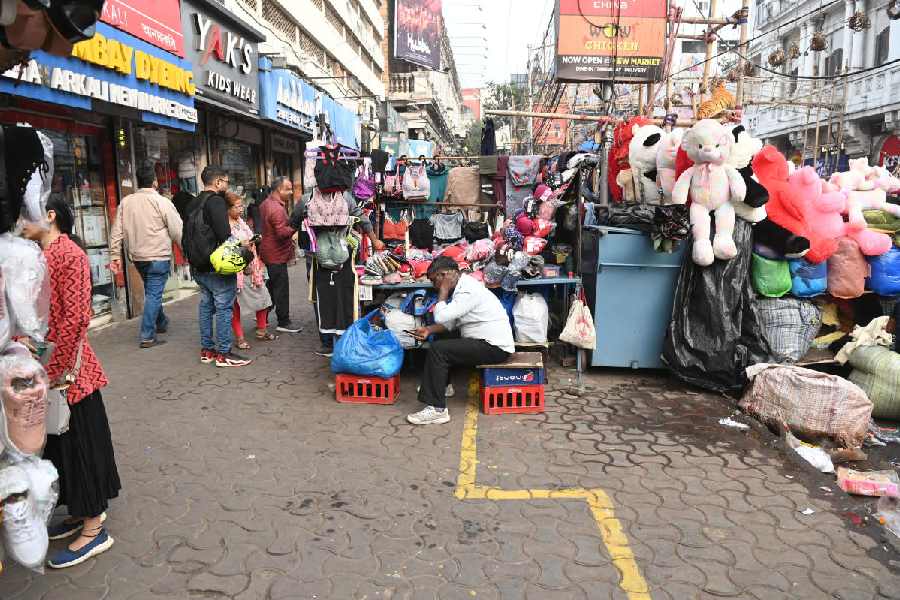 |
Bhubaneswar, Dec. 14: Fourteen-year-old Rabi (name changed) is a well-known face in all police stations of the city. At an age when he should be concentrating on his studies and dreaming of a bright future, he keeps being hauled to police stations.
The youngster has been arrested by Cuttack-Bhubaneswar police on more than 10 occasions for crimes such as snatching, burglary, loot and dacoity. After spending a few days in juvenile reform centres, he returns to the world of crime. Rabi learnt the nitty-gritty of crime from a seasoned criminal who lived in his neighbourhood in Kharavela Nagar.
“One day, Munna bhai (a seasoned criminal) told me to enter a locked house in Unit-III through the skylight. Though I was scared, he assured me that nothing would happen. Later, he paid me Rs 1,000 for my work,” said the teenager, recalling his initiation into the world of crime.
When his father, a snacks kiosk owner came to know about his crime, he beat him up, but there was no going back for Rabi. The story of 19-year-old Kedar is similar. Kedar, who lives in a slum that falls in Capital police limits, was recently sent to Jharpada jail after being arrested for committing dacoity in Khandagiri and Nayapalli.
Police said he had been involved in several incidents of crime in the state capital over the past eight years. He started at the age of 11. His criminal acts include chain and cash snatching, burglary, armed dacoity and loot. Sources in the police said he owns two multi-storey buildings in the state capital along with several plots of land. He even lends money to people and collects it at a high rate of interest. Kedar, too, claims to have been forced into the world of crime.
Like Kedar and Rabi, many such teenagers and youths residing in the slums of the city find themselves thrown into the crime world. They are now major players in the city’s crime scene.
Retired additional deputy commissioner of police Durllav Singh, who was the victim of one such gang of juvenile thieves, recalls his ordeal. In May last year, some kids had decamped with wedding gifts and cash worth Rs 30,000 from the reception party of his son. Later, Saheed Nagar police arrested three women, the mothers of these kids, in connection with the crime. “In most cases, the minors belong to various city slums. They are either lured or forced by seniors of their family or seniors in their neighbourhood to commit such crimes,” said a police officer. He said this was an alarming trend that has surfaced in Bhubaneswar.
“These juveniles get bail easily or are sent back home after a brief stint at juvenile reform centres. They restart their activities under the tutelage of history-sheteers living in their neighbourhood,” said a police officer. He said there were two juveniles staying in Kedarpalli slum near the railway station who have now become experts in crime.
Lawyers say the kids should get a chance. “Juvenile reform centres should work properly in giving every possible chance to these kids to change,” said advocate Subhranshu Dash.
Sociologists believe that growing consumerism has its impact on these children. “Circumstances force these sensitive kids to commit crime. Children in slums lack parental guidance and basic education. They become pawns in the hands of criminals who live nearby. The growing gap between rich and poor is also a reason behind the rise in juvenile crime in cities,” said sociologist D. Jena. Crime statistics for the state reveal that juvenile crimes have registered an increase all over. A white paper released by the state government reveals that in the past three years, 1,667 teenagers have been arrested. While 491 boys and 11 girls were arrested in 2009, 544 minors, which include 532 boys and 12 girls, were arrested in 2010. In 2011, 621 juveniles were arrested among whom 604 were boys and 17 girls.
Activists working on child rights said these children needed proper care and education.










